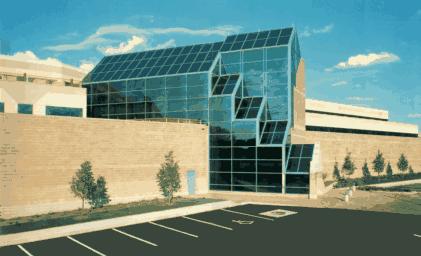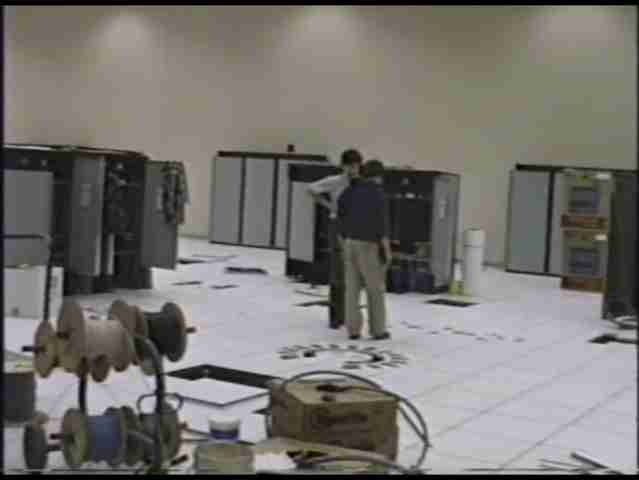Co-Founding Minnesota Supercomputer Center Inc.

Co-founded the Minnesota Supercomputer Center Inc. and established and directed its networking group, which led the world in the use of TCP/IP for supercomputer-workstation inter-working by doing pioneering work implementing IP, RPC/NFS, X Windows, HIPPI, and fiber optic technologies, as well as developing high performance file server, and network management systems. Made several proposals for hub-based satellite networks, developed TCP extensions, and guided the development of a remote full screen editor that compensated for satellite propagation delay.
Here I am standing next to our first Cray-2…

It was the first immersion cooled computer, had a clock cycle of 4.1ns, and four CPUs designed for fast arithmetic operations. It used a sinful amount of electrical power. We also had a 40GByte back end storage system. All cutting edge in 1986, but pathetic by today’s standards.
With its fluorinert liquid coolant, it was very good for “floating point” computation, and with it’s plexiglas transparent sides, you could “see more cray”…. 🙂
Fancy new building.. waste heat from the supercomputers heated the parking garage… nice if you live in Minnesota.

Discussing placement of network equipment during the move to our new facility with Brad B. (note the circle of holes on the floor behind me for the Cray-2, pretty cool hunh..)

I just happened to be standing at the tape drive when they took this picture (making a dump of some network software I think). You can see our special one quad prototype Cray-2 that we used for software development on the left. It enabled us to be the first supercomputer center in the world to support TCP/IP services such as Telnet, FTP, & Sun NFS stuff.

Here is our network lab circa 1988. We are testing equipment to for a nationwide T-1 network at this time as I recall. Stuart Levy can be seen in the background working on IP/UDP source-sink software that we developed for the tests.

Below is one of the first articles describing our implementation of TCP/IP… I had to stand my ground, as I was betting that TCP/IP would do the job to access some $50M of hardware, while the other NSF supercomputer centers such as NCSA, SDSC, JVNC, etc. were still using older and proven IBM RJE methods (card batch jobs).

Here are my notes that were used as one source for a recent (somewhat inaccurate) history of MSCI and MSI, MSI Retrospective.
For a bit more about Cray, see the following video, which gives a nice overview of those days, and how I remember it:
Cray Research – A Story of the Supercomputer
